MAT200A 03W
WASIM MOHIUDDIN
WILLIAM BURROUGHS
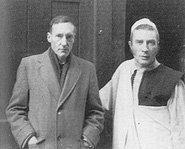
HIS LIFE:
William Burroughs was the grandson of the inventor of the Adding Machine.
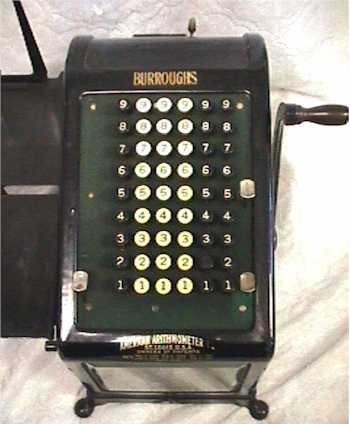
The Adding Machine was the first machine produced by his grandfather's company: The American Arithmometer Company. The company started in 1886 and continued to grow.
HIS LITERATURE/ART:
William Burroughs was preoccupied with the deconstruction of words and language, most notably the cut-up and fold-in techniques that he developed with artist Brion Gysin. (who was a painter living in Paris)
In his own words, he describes how to use the cut-up method:
"For example, I take page one and fold it into page one hundred -- I insert the resulting composite as page ten -- When the reader reads page then, he is flashing forward in time to page one hundred and back in thime to page one."
Even in his artwoork, he uses the cut-up method, as we see in this painting.
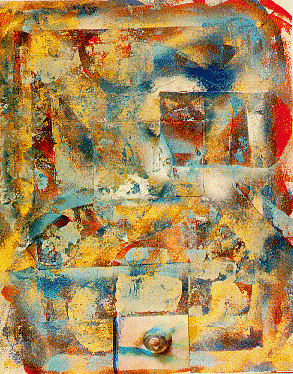
CUT-UP METHOD IN COMPUTER SCIENCE:
In Computer Science, programs written in languages such as C and C++ can also deconstructed into lexical units. (called tokens) that are assembled into parse trees.
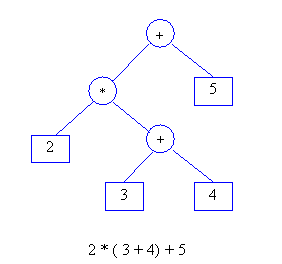
Computer Scientists often program non-linearly. When working on a programming project, it is a common tactic to write code out of sequence from the order of execution.
sample out of sequence code.
starting point of the code.
EVENTS IN BURROUGH'S LIFE:
Burroughs was in Mexico after the questioned by police in Mexico after the shooting of his wife
William Burrough's Thanksgiving prayer.
TED NELSON:
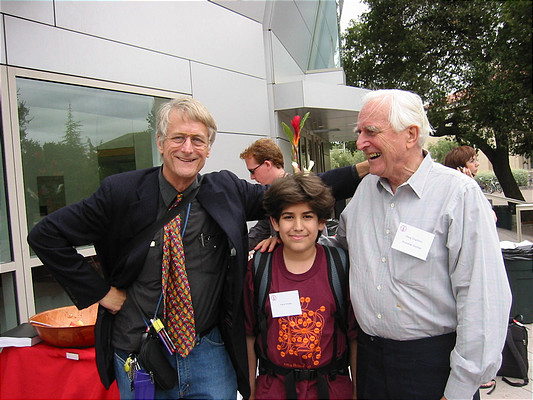
Theodor Holm Nelson (Ted Nelson) was a visionary that coined the words hypertext and hypermedia to describe new paradigms that would transform the way we read and write.
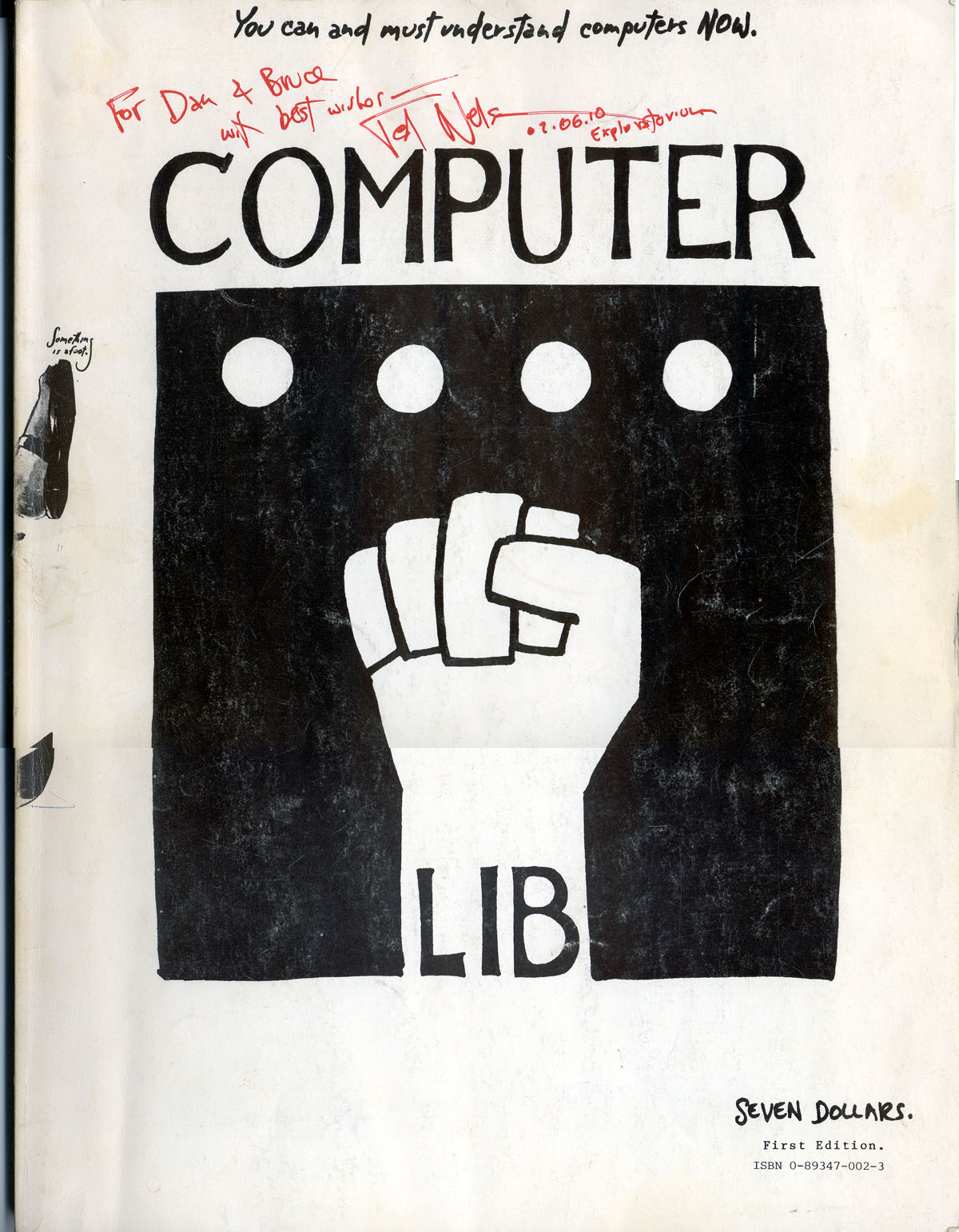
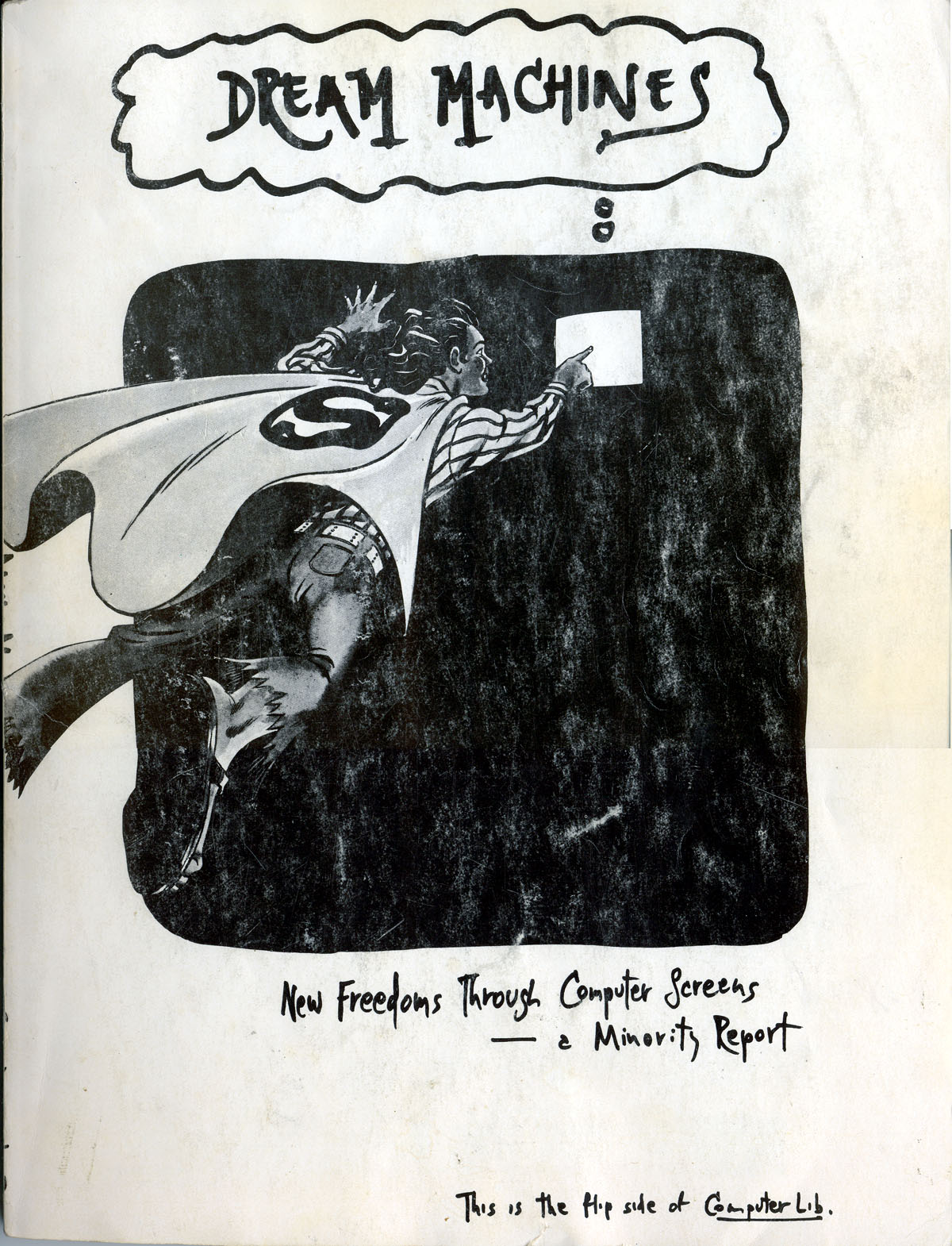
Computer Lib/Dream Machines has the feel of a manuscript instead of a book you could buy at a bookstore. It contains hand-drawn illustrations with typesetting done by a typewriter. The layout suggests the nonlinear nature of hypermedia.
Ted Nelson's dream project was Xanadu. In it, he dreamed of an affordable computer service that would deliver information and entertainment into your homes.